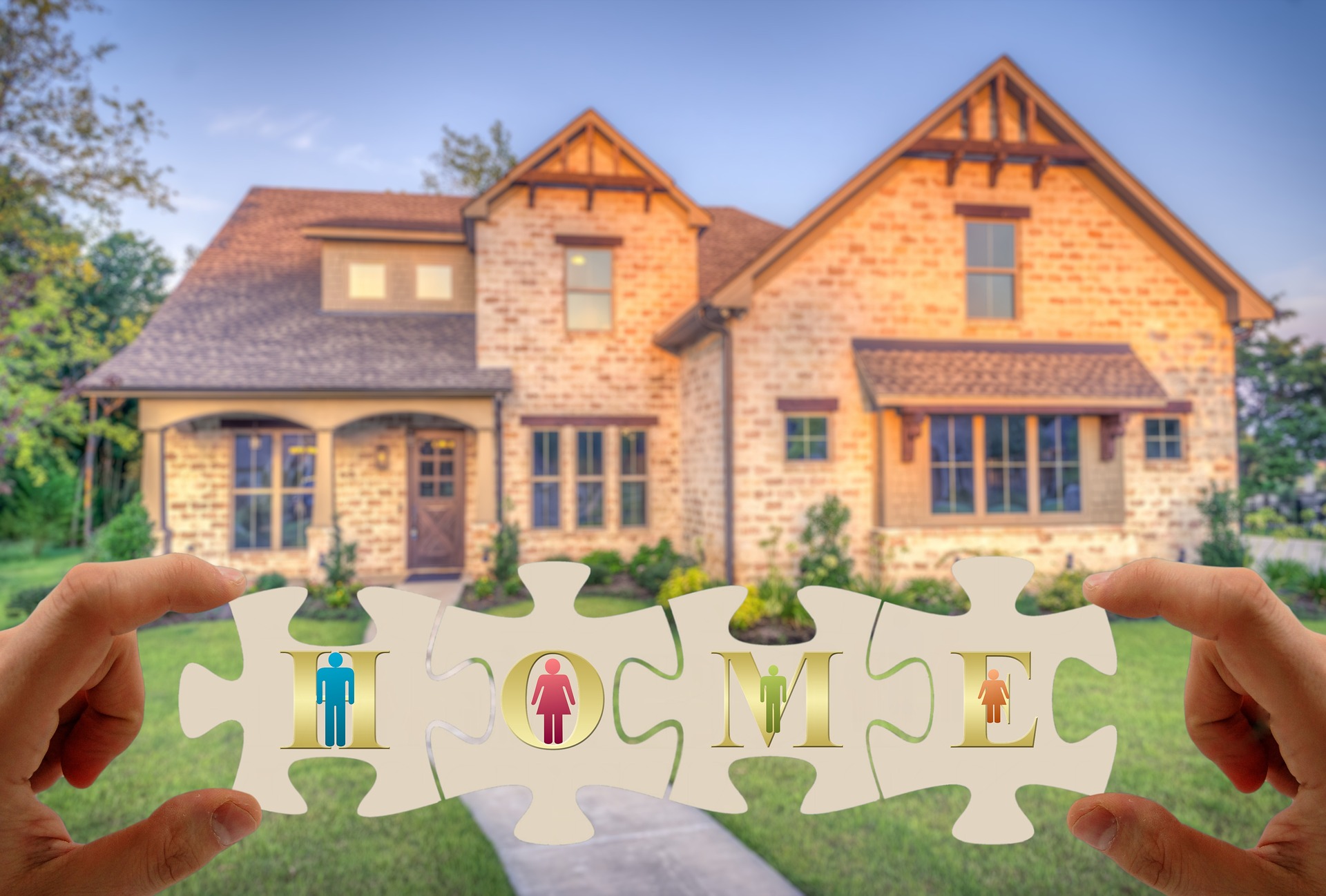Granny Annexes Are Booming—Here’s Why
The rise of granny annexes across the UK represents a significant shift in how families approach multigenerational living. These purpose-built living spaces are transforming gardens and properties nationwide, offering practical solutions for families looking to keep elderly relatives close while maintaining independence for all generations involved.

The landscape of family living arrangements is evolving rapidly across the UK, with granny annexes emerging as a popular solution for multigenerational households. These self-contained living spaces—whether attached to the main home or built as separate structures in the garden—are seeing unprecedented demand. The trend reflects changing demographics, economic pressures, and evolving family values that prioritize keeping loved ones close while respecting everyone’s need for personal space and independence.
Why Families Are Increasingly Choosing Granny Annexes
The decision to invest in a granny annex often stems from practical considerations about family care and living arrangements. For many families, the alternative of care homes presents both financial strain and emotional concerns. Granny annexes offer a middle ground where elderly parents can maintain independence while having family support readily available. This arrangement provides peace of mind for adult children who can easily check on their parents without intrusive daily visits.
The COVID-19 pandemic accelerated this trend significantly, as many families witnessed the isolation experienced by elderly relatives in care facilities during lockdowns. This prompted many to reconsider how they could better support aging family members while keeping them integrated within the family unit. Additionally, the rise in remote working has made it more feasible for adult children to provide care while maintaining their careers.
Extra Space and Privacy Benefits for Senior Family Members
The physical design of modern granny annexes prioritizes accessibility and comfort while promoting independence. These spaces typically feature single-level layouts with wider doorways, accessible bathrooms, and safety features that accommodate mobility challenges without feeling institutional. The separate entrance and living space allow seniors to maintain their daily routines without feeling monitored or dependent.
Many seniors report that moving to an annex on a family property actually increases their social interaction compared to living alone in their previous homes. The proximity to family means spontaneous visits, shared meals when desired, and participation in family life without the pressure of constant togetherness. This balance helps prevent the isolation that often accompanies aging while respecting the dignity and autonomy of older adults.
For many elderly individuals, the annex represents a perfect middle ground—they maintain their own space for entertaining friends, pursuing hobbies, and following their own schedules, while having the security of family nearby for emergencies or assistance with more challenging tasks.
Costs and Value of Granny Annexes Explained
The financial investment in a granny annex varies significantly based on size, specifications, and whether it’s a conversion of existing space or new construction. Basic conversion projects typically start around £20,000, while custom-built detached annexes can range from £50,000 to £150,000 or more for premium designs with higher-end finishes and features.
While the initial investment is substantial, many families find the long-term economics compelling when compared to care home fees, which can exceed £50,000 annually in some regions. Additionally, property experts note that well-designed annexes can increase overall property values by 20-30%, though this varies by location and quality of construction.
The planning permission process represents another cost consideration. Most annexes require planning approval, with application fees typically around £200, though professional assistance with the application process may add £1,000-£2,500. Some projects may qualify under permitted development rights, simplifying the process considerably.
Comparing Granny Annex Options and Providers
The market for granny annexes has expanded significantly, with various providers offering different approaches and price points. Understanding the options can help families make informed decisions based on their specific needs and budget constraints.
| Provider Type | Typical Cost Range | Construction Time | Key Features |
|---|---|---|---|
| Specialist Annex Builders | £80,000-£150,000 | 8-16 weeks | Custom designs, turnkey service, planning assistance |
| Modular Home Companies | £60,000-£120,000 | 4-8 weeks | Faster installation, factory-built quality control |
| Local Builders/Conversions | £20,000-£60,000 | 6-20 weeks | Garage/outbuilding conversions, more budget-friendly |
| DIY Kit Suppliers | £40,000-£90,000 | Varies | Lower base costs but requires separate contractors |
| Extension Specialists | £30,000-£80,000 | 8-12 weeks | Integrated with main house, often simpler planning process |
Prices, rates, or cost estimates mentioned in this article are based on the latest available information but may change over time. Independent research is advised before making financial decisions.
Long-term Benefits for Multigenerational Families
Beyond the immediate practical advantages, families who have embraced the granny annex solution often discover unexpected benefits that strengthen intergenerational bonds. Grandchildren develop closer relationships with grandparents through regular, casual interaction rather than formal visits. This natural integration of generations has been shown to benefit both the elderly, who remain mentally stimulated and purposeful, and younger family members, who gain wisdom and perspective.
The arrangement also creates practical support networks that flow both ways. While adult children provide security and assistance to aging parents, grandparents often contribute through childcare help, school runs, or simply being present when parents are working. This mutual support system represents a return to traditional family structures that were common before geographic mobility separated extended families.
From a long-term estate planning perspective, the annex can also simplify inheritance matters and potentially reduce inheritance tax burdens through careful planning. Many families find that the investment in an annex allows them to preserve more family wealth compared to depleting assets through years of care home fees.
The rising popularity of granny annexes reflects their ability to address multiple challenges facing modern families—from the practical considerations of elder care to the emotional desire to maintain close family connections across generations. As demographic trends continue to shift toward an aging population and housing costs remain high, this solution offers a compelling alternative that honors both independence and family bonds.




